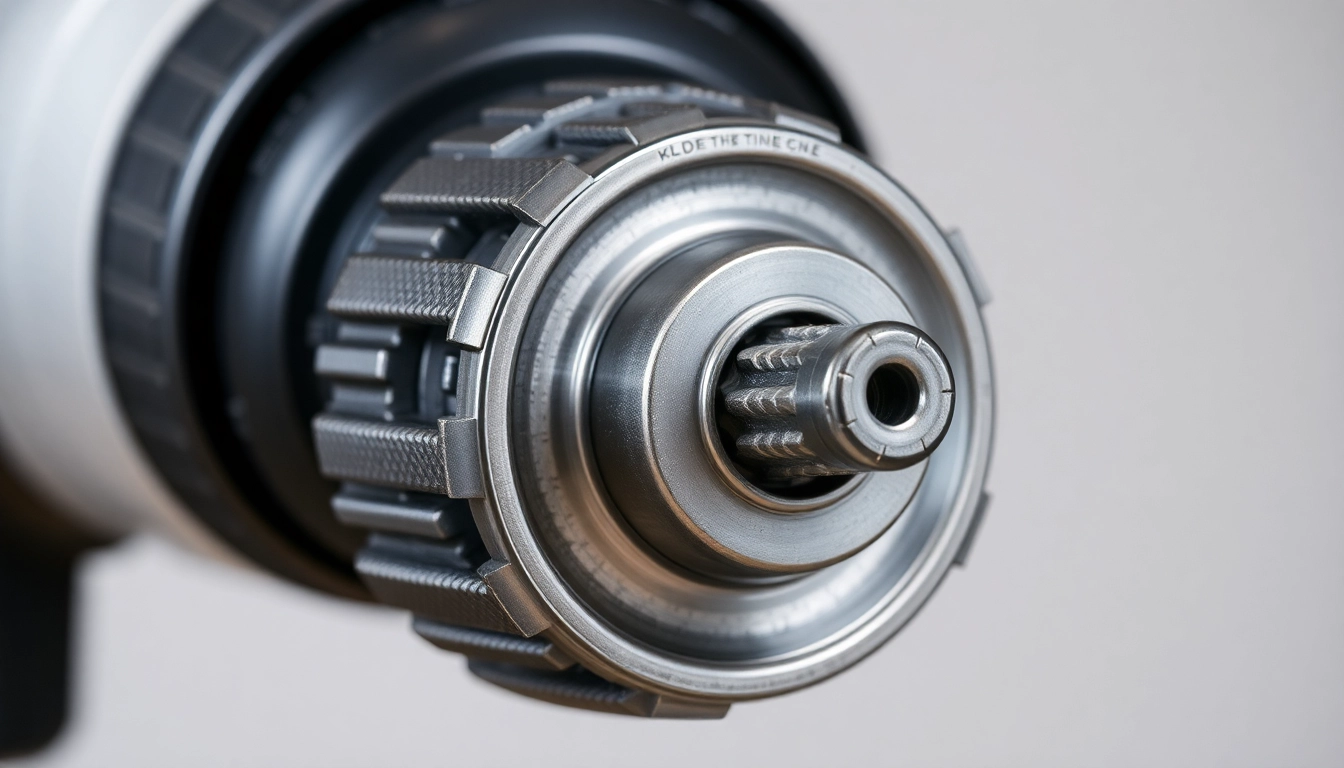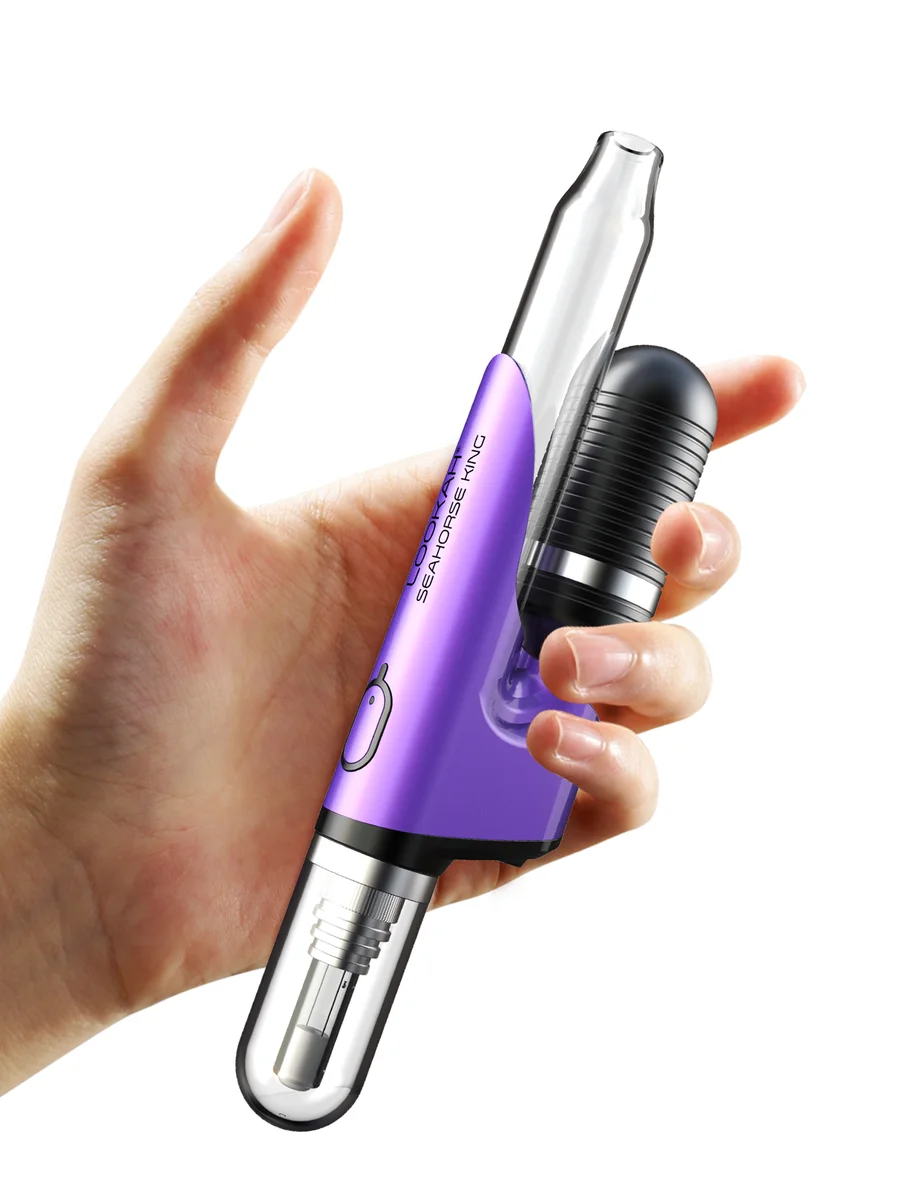Understanding Drill Chucks
When it comes to drilling, one of the key components that often doesn’t get the attention it deserves is the drill chuck. This seemingly simple device plays a crucial role in the operation of drills, impacting the precision, efficiency, and overall results of your drilling activities. To make informed decisions regarding your drilling tools, it is vital to understand the fundamental aspects of drill chucks, including the types available, their key features, and the importance of choosing high-quality options.
Defining Drill Chuck Types
Drill chucks come in several types, each designed to cater to specific needs and functionalities. Here, we categorize the types commonly used:
- Keyed Chucks: These chucks require a separate key to tighten or loosen the grip on the drill bit. This type is known for maintaining a robust and secure fit, making it ideal for heavy-duty applications.
- Keyless Chucks: As the name suggests, these do not require a key. They allow for one-handed operation, making them extremely convenient. They are commonly used for lighter tasks and in scenarios where quick changes of bits are essential.
- Hybrid Chucks: This type combines the mechanisms of keyed and keyless chucks, providing users the ability to choose their preferred method of securing the drill bit.
- Tapered Chucks: Found primarily in industrial applications, tapered chucks are designed to fit easily into drills with tapered spindles.
Key Features of Drill Chucks
Several features differentiate drill chucks, affecting their performance and usability:
- Grip Strength: A strong grip ensures that the drill bit does not slip during operation. The method of securing the bit (keyed vs. keyless) influences this strength.
- Jaw Configuration: The number and design of the jaws within the chuck (typically two or three) play a significant role in how accurately the bit is held and centered during drilling.
- Size Capacity: Chucks are rated for different maximum bit sizes, which determines their versatility for various drilling tasks.
- Ease of Use: Factors such as the chuck’s weight, shape, and mechanism can impact how easy it is to install and replace drill bits.
Importance of Quality in Drill Chucks
Investing in a high-quality drill chuck is critical for anyone who frequently uses drilling equipment. Quality chucks provide enhanced precision, leading to better outcomes in your projects. Poor quality chucks may result in inaccuracies, which can diminish the lifespan of drill bits and compromise the quality of work. Furthermore, a quality chuck offers better durability under heavy use, thereby reducing the need for frequent replacements and maintenance.
How to Select the Right Drill Chuck
Selecting the correct drill chuck is vital for ensuring efficient and effective drilling. Here are essential factors to consider:
Assessing Compatibility with Your Drill
Before purchasing a drill chuck, it is imperative to ascertain whether it is compatible with your drill model. Factors to check include:
- Thread Size: Different drills come with varying thread sizes. Ensure that the chuck you are considering matches the thread specifications of your drill.
- Type of Drill: Not all chucks work seamlessly with all types of drills (e.g., cordless vs. corded). Ensure compatibility with your specific drill type.
Evaluating Size and Capacity
The chuck’s size capacity dictates the largest bit it can accommodate. Common sizes include:
- 10mm (3/8 inch)
- 13mm (1/2 inch)
- 16mm (5/8 inch)
Choosing a chuck that suits your most frequently used bits is crucial for ensuring efficiency in your drilling tasks.
Understanding Material Types
The materials used in the construction of a drill chuck can influence its durability and performance. Common materials include:
- High-Carbon Steel: Known for its strength and durability, making it a common choice for heavy-duty applications.
- Alloy Steel: Offers enhanced toughness and resistance to wear, suitable for high-performance and precision tasks.
- Plastic or Composite Materials: Generally cheaper and lighter, suitable for lightweight applications but may not be as durable.
Drill Chuck Maintenance and Care
Proper maintenance of your drill chuck can significantly enhance its longevity and performance. Here are some best practices to follow:
Cleaning Your Drill Chuck
Regular cleaning is essential to prevent debris from affecting the chuck’s performance. Follow these steps:
- Use a soft brush or cloth to remove dust and shavings.
- Apply a light lubricant to the jaws to prevent rusting and ensure smooth operation.
- Avoid using excessive water or harsh chemicals that could damage the chuck.
When to Replace Your Drill Chuck
Signs that your drill chuck may need replacement include:
- Inability to Secure Bits: If the chuck cannot hold bits tightly, it may be worn out.
- Excessive Wear on Jaws: Visual wear and tear, such as drags or chips, indicate the need for replacement.
- Frequent Bit Slips: If bits continue to slip during operation despite tightening, the chuck may require replacement.
Common Issues and Troubleshooting
Some typical issues encountered with drill chucks include:
- Bit Slippage: Ensure that the chuck is clean and adequately tightened. If slippage persists, consider a higher quality chuck.
- Difficulty in Opening and Closing: If your chuck is hard to operate, debris might be jammed inside. Clean it thoroughly and lubricate as needed.
- Rust Formation: Exposure to moisture can cause rust. Store chucks in a dry environment and treat with rust prevention solutions.
Advanced Uses of Drill Chucks
Once you understand the basics, you can explore advanced applications of drill chucks to enhance their functionality. Here are several innovative uses:
Using Drill Chucks in Different Applications
Drill chucks are versatile and can be adapted for various applications beyond simple drilling:
- Sanders: Attaching a sander to a drill chuck can convert your drill into a sander, facilitating smooth finishes for woodworking projects.
- Rotating Tools: Specialized tools can be mounted on a drill chuck, enabling drilling, milling, and engraving tasks.
Modifying a Drill Chuck for Specific Tasks
For specialized tasks, modifications can boost a drill chuck’s efficiency:
- Custom Adapters: Creating or purchasing custom adapters allows a standard chuck to work with non-standard bit shanks.
- Extensions: For deep drilling tasks, using extensions allows operators to reach difficult areas easily.
Innovative Techniques for Optimal Performance
To ensure optimal performance from your drill chuck, consider these innovative techniques:
- Regular Calibration: Ensuring that your drill chuck is correctly calibrated will enhance its precision and longevity.
- Quality Drill Bits: Using high-quality bits in conjunction with a good chuck will improve overall drilling outcomes and equipment life.
Comparative Overview of Top Drill Chuck Brands
With numerous brands available, understanding the competitive landscape can guide your purchasing decisions. Below are key aspects to consider:
Price versus Performance Analysis
The market offers a wide range of prices for drill chucks. While premium options from brands like Albrecht provide exceptional accuracy and durability, there are cost-effective alternatives that perform adequately for general use. The key is to align your choice with your price sensitivity and application requirements.
Brand Reliability and User Reviews
When evaluating drill chucks, pay attention to user reviews and feedback. Brands known for reliability often feature consistent positive reviews. Researching forums and professional reviews can help identify the best performing options based on real-user experiences.
Where to Buy: An Online Guide
Several online platforms offer a range of drill chucks, including Amazon, Home Depot, and specialized tool suppliers. When shopping online, verify the seller’s reputation and return policies. Look for customer reviews to ensure quality and service reliability.



